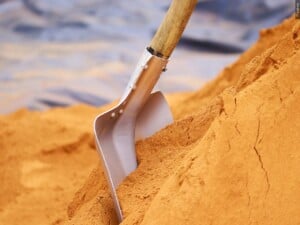Archeologists unearth signs from 1700s of British control in Florida after centuries of Spanish rule

ST. AUGUSTINE, FL. (AP) – Associated Press says the city of St. Augustine, with its centuries-old buildings and massive stone fort, is an enduring reminder of Spain’s storied history in Florida, going back generations before the United States even existed. But for two decades in the 1700s, Great Britain controlled the region, and archeologists have finally found some of their long-sought-after footprints.
City archeologists identified a dry moat last fall of a British redoubt, a fortified military outpost, that had been constructed in 1781. Excavations were completed last month in the city’s Lincolnville neighborhood, making way for the construction of a new single-family home.
“St. Augustine had a 20-year British period,” city archeologist Andrea White said. “They came, and they built seven of these redoubts, and nobody has ever found any archeologically. We have rough ideas of where they were, and they show up on historic maps. But we’ve never found actual, tangible, archeological evidence for any of them until recently.”
The Spanish military built the Castillo de San Marcos in the late 1600s, and the fort remains on the western shore of Florida’s Matanzas Bay, though as a national monument rather than a military installation.




